Battalions of Dual-Purpose 20mm Guns
As seen by an American student at the Kriegsakademie (1938)
On the eve of the Second World War, Captain Albert Coady Wedemeyer of the US Army attended the Kriegsakademie in Berlin. Soon after completing, in July of 1938, the two-year course for future officers of the German General Staff, he submitted a pair of reports. The first of these provided a précis of the approach that the German Army took to tactics, leadership, and organization. The second described, in considerable detail, Captain Wedemeyer’s observations of the curriculum he had followed.
The following article provides, along with explanatory notes, a verbatim copy of section of the second report that deals with dual-purpose 20mm guns. (Readers wishing to read complete copies of both reports can find the first in the book Wedemeyer on War and Peace and the second on the website of the Combined Arms Research Library.
20mm Machine Gun (Anti-Aircraft and Anti-Tank)
Caliber: 20mm Maximum Effective
Range: Horizontal - 3,000 meters Slant - 2,000 meters
Maximum Rate of Fire: 400 [rounds] per minute
How Transported: Motor-drawn
Ammunition: High Explosive - Cannon Steel (Armor Piercing)
Cooling System: Air Cooled
Type of Mount: Platform Mount - Convertible for Air and Ground Targets
Distribution: four per battery, sixteen in [each] battalion
Number in Infantry Division: sixteen
Crew: four menThe Germans last year, in the instruction in the Kriegsakademie and in articles appearing in military magazines, generally opposed a dual-purpose weapon for air and ground targets. However, this past year there is a more conciliatory attitude (though never definitively stated by my instructions) toward dual-purpose weapons against tanks and airplanes. In problems we have actually employed the 20mm guns against tanks, in spite of the fact that their initial mission was to protect reserves against hostile air attack.
Anti-Aircraft Artillery is organically part of the Air Force. This past year we have always had a battalion of 20mm Anti-Aircraft Machine Guns (sixteen in all) with the Infantry Division. I endeavored to clarify the status of this battalion, whether it is organic or attached, but in vain, so I cannot state that the battalion belonged to the Army or the Air Force.
German Documents in Russia preserves graphical catalogues of the units that the German Army planned to have on hand on particular dates in 15 October 1935, 6 October 1936, and 19 September 1939. None of these documents makes any mention of units armed with 20mm anti-aircraft guns or, for that matter, any anti-aircraft guns at all.
The formidable Leo Niehorster has drawn up orders of battle for German formations in existence on 1 September 1939. These show that nearly all of the motorized anti-tank battalions assigned to infantry, armored, light, or mountain divisions included an element armed with twelve 20mm anti-aircraft guns. These units, which Dr. Niehorster describes as ‘anti-aircraft companies’, bear numbers that indicate that they were attachments to, rather than organic elements of, those anti-tank battalions.
The Other Articles in this Series:
For Further Reading:


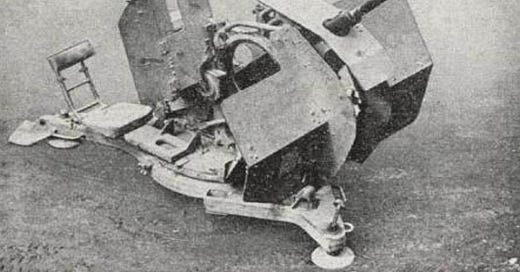



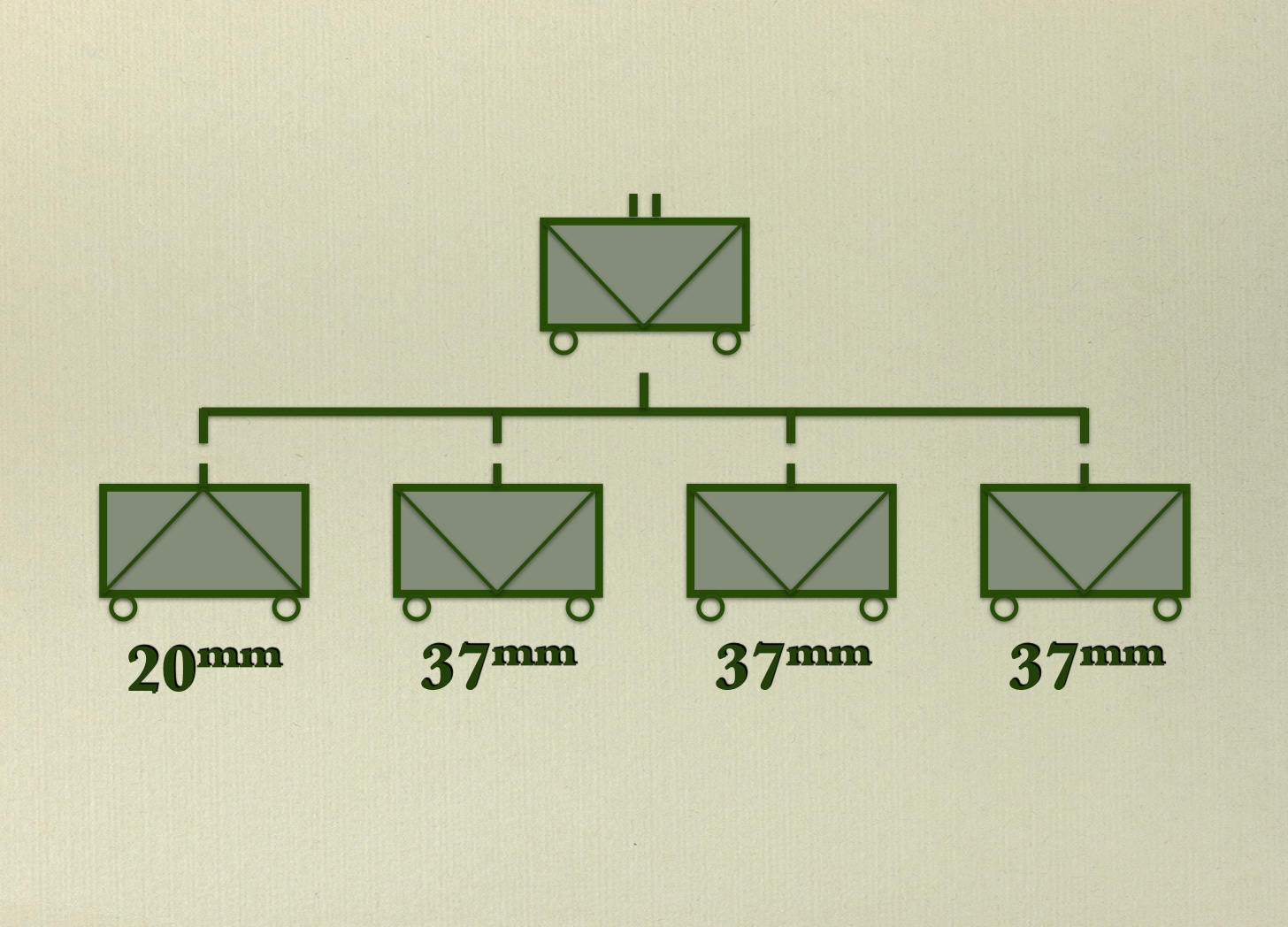
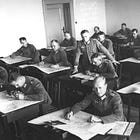
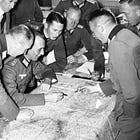

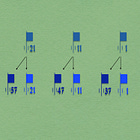


intrigued I am